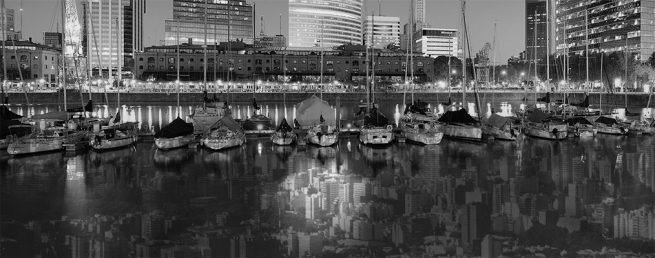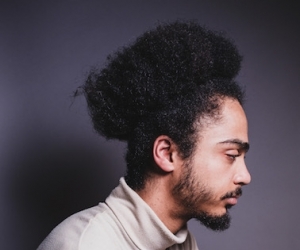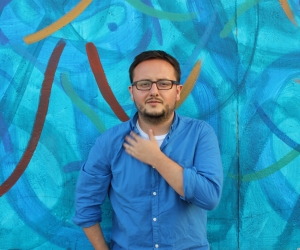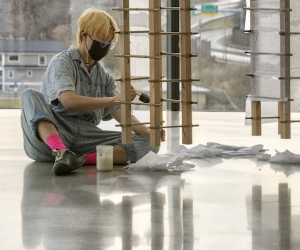
Buenos Aires, also known as Capital Federal, is the largest city in Argentina, with a population of three million—thirteen million including the greater urban area. The city is located on the western shore of Rio de la Plata (River of Silver), the widest estuary in the world, which channels the muddy waters of the Paraná and Uruguay rivers into the Atlantic Ocean. The city is a top tourist destination, famous for its fancy shops on Florida Street, European-style architecture, rich cultural life and . . . tango. When I was asked to write about the sounds of Buenos Aires, I did not anticipate the magnitude and difficulty of the task.
I was in the city attending a busy festival celebrating fifty years of the Torcuato di Tella Institute’s Centro Latinoamericano de Altos Estudios Musicales, my alma mater, where I studied in 1963–64. The festival schedule was filled with lectures, meetings, rehearsals, and concerts, and had me quite involved. I was always in the very centre of town. When I started recording my walks—usually early in the morning or late at night—I discovered a remarkable sameness in sounds, no matter how I tried to avoid the central district—traffic noises of taxis, automobiles, and colectivos (small buses that are fast, determined, full of people, and noisy!). So I modified my sound-collecting strategy and visited the barrios, plazas, and places of historical interest.
(Read more in the print edition of Musicworks Issue #117.)
[FULL ARTICLE AVAILABLE IN PRINT EDITION ONLY.]
Image: Design by Atanas Bozdorov from photos by Luis Argerich and Ignacio Guerra.


